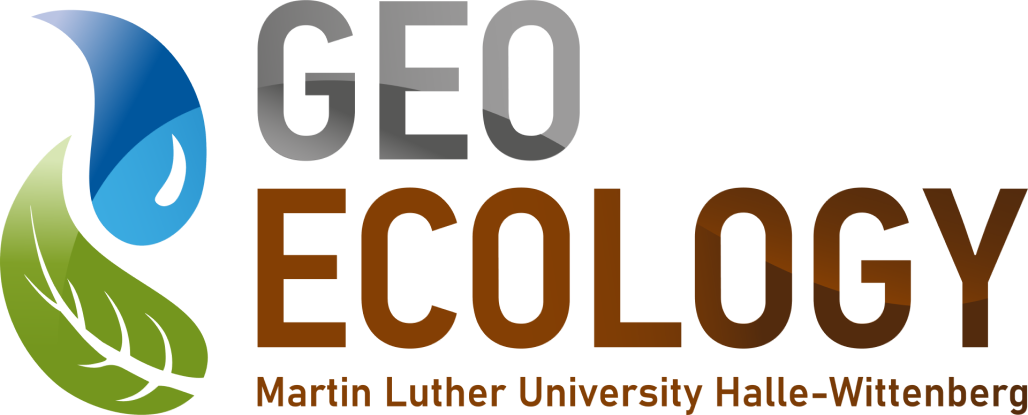Alina Schürmann has published the first paper for her dissertation as part of the MIGRAWARE project.
The overall goal of the synthesis paper „Migration in West Africa: a visual analysis of motivation, causes, and routes“ was to determine the areas that individuals have chosen as migration destinations in the past. In addition, the paper aimed to determine what conditions in these areas contributed to the migration decision from their perspective. For this purpose, characteristic features of destination and origin areas were identified and presented in maps, while the relationships between push and pull factors were illustrated using Sankey diagrams. These tools provide a novel combination for visualizing migration causes. The literature review highlights the complex relationships between different migration factors, with environmental and economic factors emerging as the most important drivers of migration in the focus countries. Moreover, the identified and mapped migration patterns suggest that individuals migrated mainly from the northern part of a given country to its center or to the southern regions. This scientific approach shows that spatial mapping of migration patterns can facilitate assessments of how to achieve certain sustainable development goals and how to improve regional policies.
The main objectives of this paper are as follows:
- to ascertain and spatially allocate reasons for migration by analyzing survey-based case studies;
- to characterize destination areas and areas of origin by assigning respective push and pull factors in order to supplement the traditional push–pull model;
- to locate migration routes based on the conducted literature review; and
- to visualize the outcomes of the aforementioned objectives for a better understanding of migration patterns in the West African countries Ghana, Burkina Faso, and Nigeria
Schürmann, A., Kleemann, J., Teucher, M., Fürst, C. and Conrad, C. (2022) Migration in West Africa: A Visual Analysis of Motivation, Causes, and Routes. Ecology and Society, 27, art16. https://doi.org/10.5751/ES-13489-270316.
